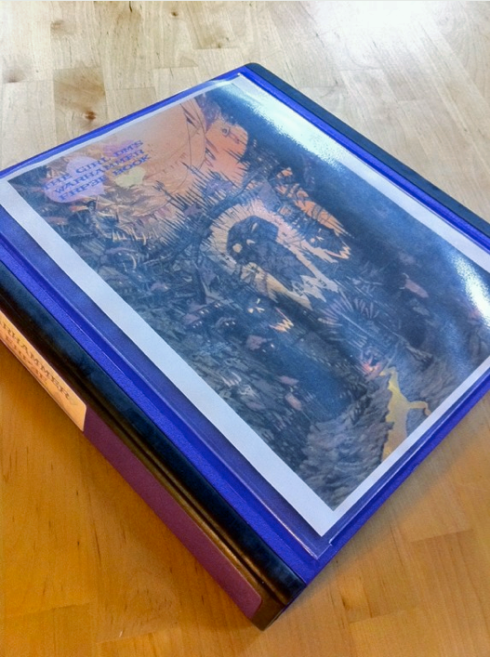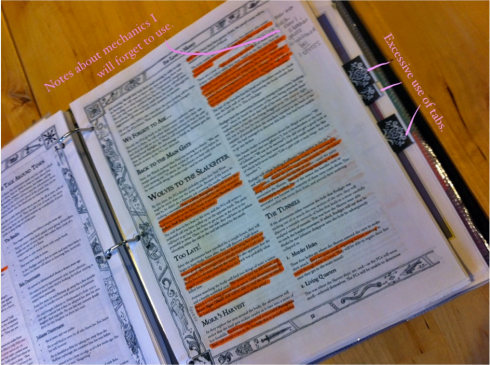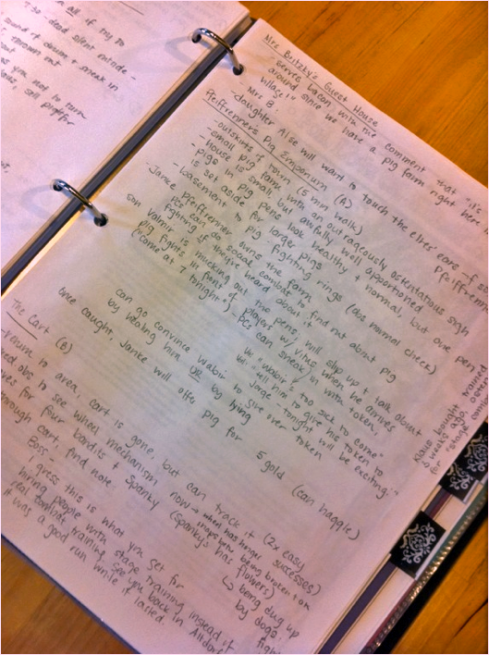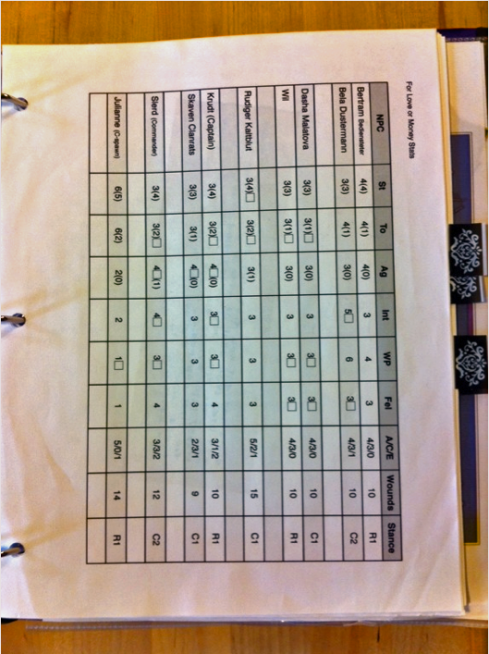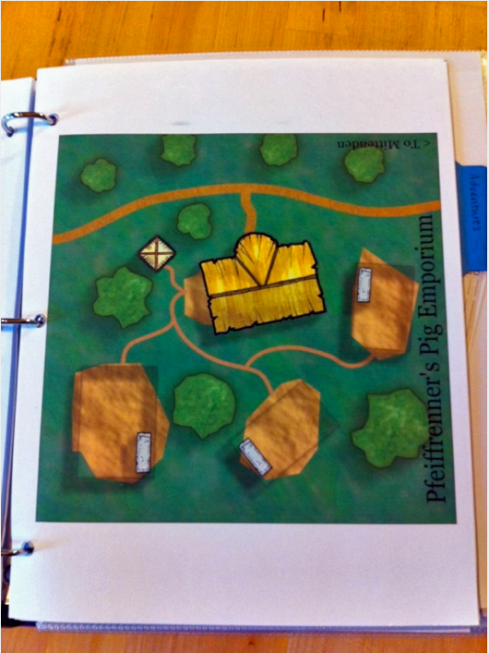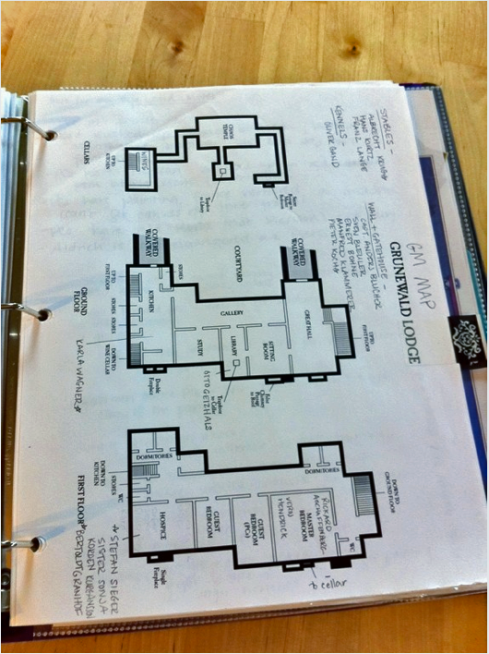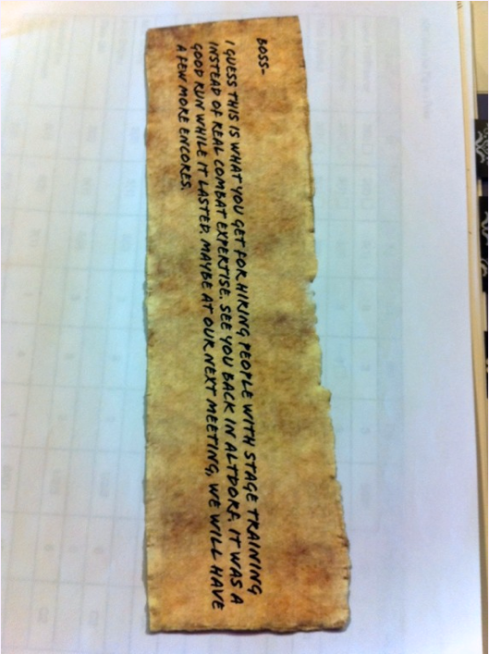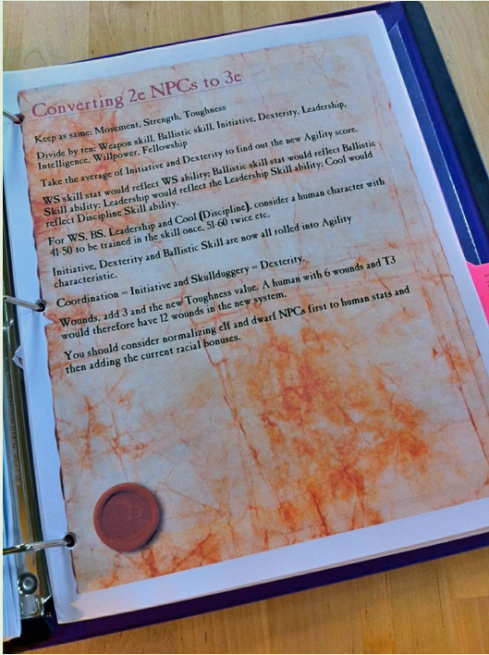You are currently browsing the tag archive for the ‘DM’ tag.
My husband and I often end up at the mall. We live in the sort of area where most people think they’re too good for mall shopping, but we both have a raging technology habit to support, so continual trips to Best Buy are simply unavoidable.
I assume everyone does this, but I just want to check: you continually search for NPCs at the mall, right?
There are two kinds of NPCs at the mall. The first simply adds local color. If you asked these NPCs about the town, they’d ply you with a bunch of junk lore and maybe throw in a couple of tidbits relevant to the overarching plot, but it’d be next to impossible to tell the two apart. These NPCs are mostly dressed normally–in fact, hyper-normally for your area–but always have that single ornament that signifies their character type. Look: check out that man standing next to the Brookstone in the perfectly boring collared shirt, the brown leather jacket, and the nondescript jeans, who just happens to have a deflated inflatable plastic fish sticking out of his pocket. If you roll particularly well, perhaps he’ll give you that fish and you can use it in a future encounter.
The second kind of NPC at the mall is the plot hook. She’s outrageous. You literally can’t miss her. In fact, the Great GM in the Sky generally gets so desperate to make you take the hook that he makes it awkward not to interact with the plot hook. Behold! There’s a forty-something woman in a Hello Kitty sweatshirt and a tiara carrying a large Target bag entirely stuffed with leopard print slippers. Which part of that mess will begin your adventure? The tiara? Is it magic? The shoes? Are there twenty five missing children who need those slippers to turn them back into humans after the evil wizard made them orangutans? Is the woman being forced to wear the Hello Kitty sweatshirt as a punishment for something she did long ago? When you investigate her crime, will it turn out not to be that bad after all?
My husband and I spend an inordinate amount of time in public playing “spot the NPC.” Often we supply the lore that we think “local color” NPCs would give. If we locate our plot hook, we spend another chunk of time writing the adventure around him.
Naturally, I assume that this is what everyone sane does at the mall. That fact may not reflect well on my own sanity, now that I think about it.





